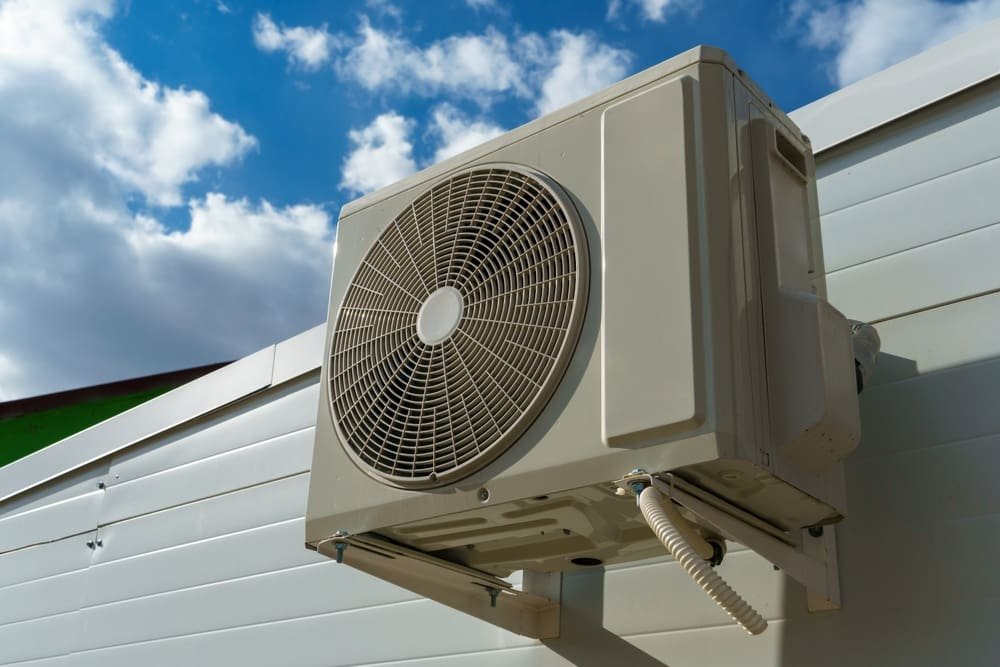Heating and cooling companies often tailor your AC installation to your space for energy efficiency and comfort. A unit that’s too large may have short cycles, resulting in energy waste and premature wear. If the unit is too small, it won’t cool your home effectively and may run endlessly. Here are a few tips for choosing the right size AC unit:
Select Your Unit
Before calculating the right size AC unit, determine which type is best suited for your home. Air conditioners can be ductless, packaged, or split systems. Traditional AC units employ a split system, comprising an outdoor and indoor unit that cool your home and regulate humidity levels. A ductless air conditioner uses one outdoor unit connected to one or more indoor units, which cool individual rooms. This AC installation is ideal for creating different temperatures in each space. Indoor units are mounted on the ceiling, wall, or floor and can be controlled independently to create a cooler environment in a specific room.
Packaged air conditioners feature a single outdoor unit that houses all components, including the evaporator and condenser coils, as well as the compressor. Manufacturers and installers offer single or two-stage systems, and the AC unit relies on your home’s ductwork to cool specific rooms. Modern systems also feature variable-speed compressors, smart thermostats, advanced air filtration, and other enhancements that make them more efficient than traditional units.
Understand the Capacity
Air conditioners have different capacities, indicated by their British Thermal Unit (BTU) ratings. BTU rating determines how much energy your unit requires to cool your home in one hour. The rating refers to the amount of heat required to raise the temperature of one pound of water by one degree Fahrenheit. Some manufacturers use tons as the measurement unit, and one ton equals 12,000 BTUs. The right size AC unit is often picked based on a general BTU guide that matches room size to unit rating. If you have a large space, you’ll need an AC with a higher BTU or tonnage.
Start by calculating the square footage of each room by measuring the length and width in feet and multiplying them. Use the BTU guide to determine the ideal rating based on the square footage of your home. AC manufacturers also provide SEER ratings, which indicate the unit’s maximum efficiency as a ratio. SEER ratios are achieved by dividing the unit’s cooling output over an average cooling season by the total energy used. When the unit uses less energy, a higher SEER ratio is achieved, so AC units with higher ratings are more efficient.
Match Your Requirements
Your home’s location and condition influence the type and size of AC you will choose. Factors such as sunlight exposure, room usage, number of occupants, ceiling height, and insulation all impact heating and cooling requirements. When determining the ideal size AC unit, adjust BTU requirements to reflect your conditions. Some of the conditions that require adjustments include:
- Sunlight Exposure: If your home is exposed to direct sunlight or shaded, adjust the BTU capacity accordingly.
- Local Climate: Homes in hotter climates require units with higher BTUs. Factor in your local climate and weather patterns when selecting a unit.
- Room Occupants: The number of occupants affects cooling requirements, so raise the BTU requirements for each additional person who uses the room frequently.
- Home Insulation: If you have a well-insulated home, you may be able to decrease the BTU requirement slightly.
- Windows and Doorways: Large windows and doorways increase your home’s heat load and require slightly larger or more powerful units.
Schedule Professional AC Installation Today
Installing an AC unit requires professional insights and load calculation. Working with an HVAC company allows you to leverage their experience and determine the ideal size based on your requirements. Contact your local HVAC company today to schedule professional AC installation.
YOU MAY ALSO LIKE: Beat the Heat and Allergies: Air Conditioning Tips for Families With Babies










